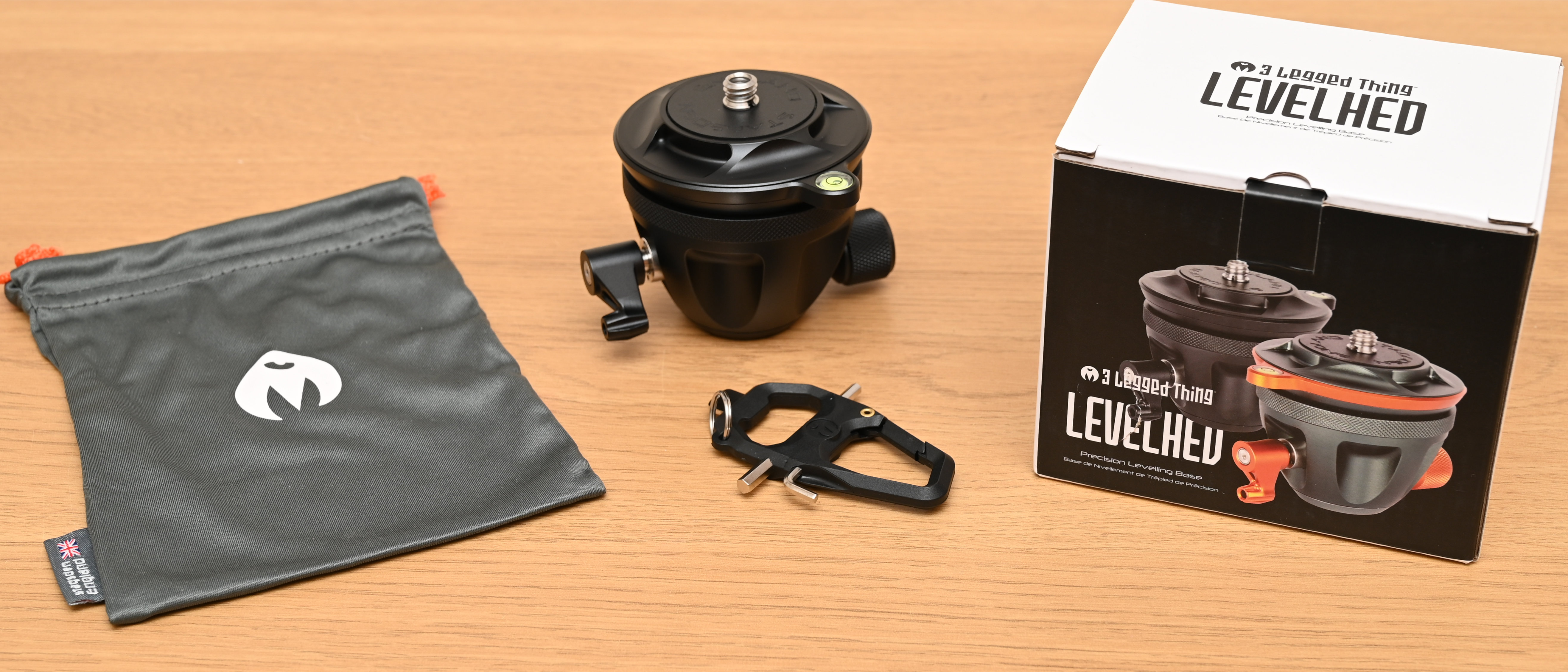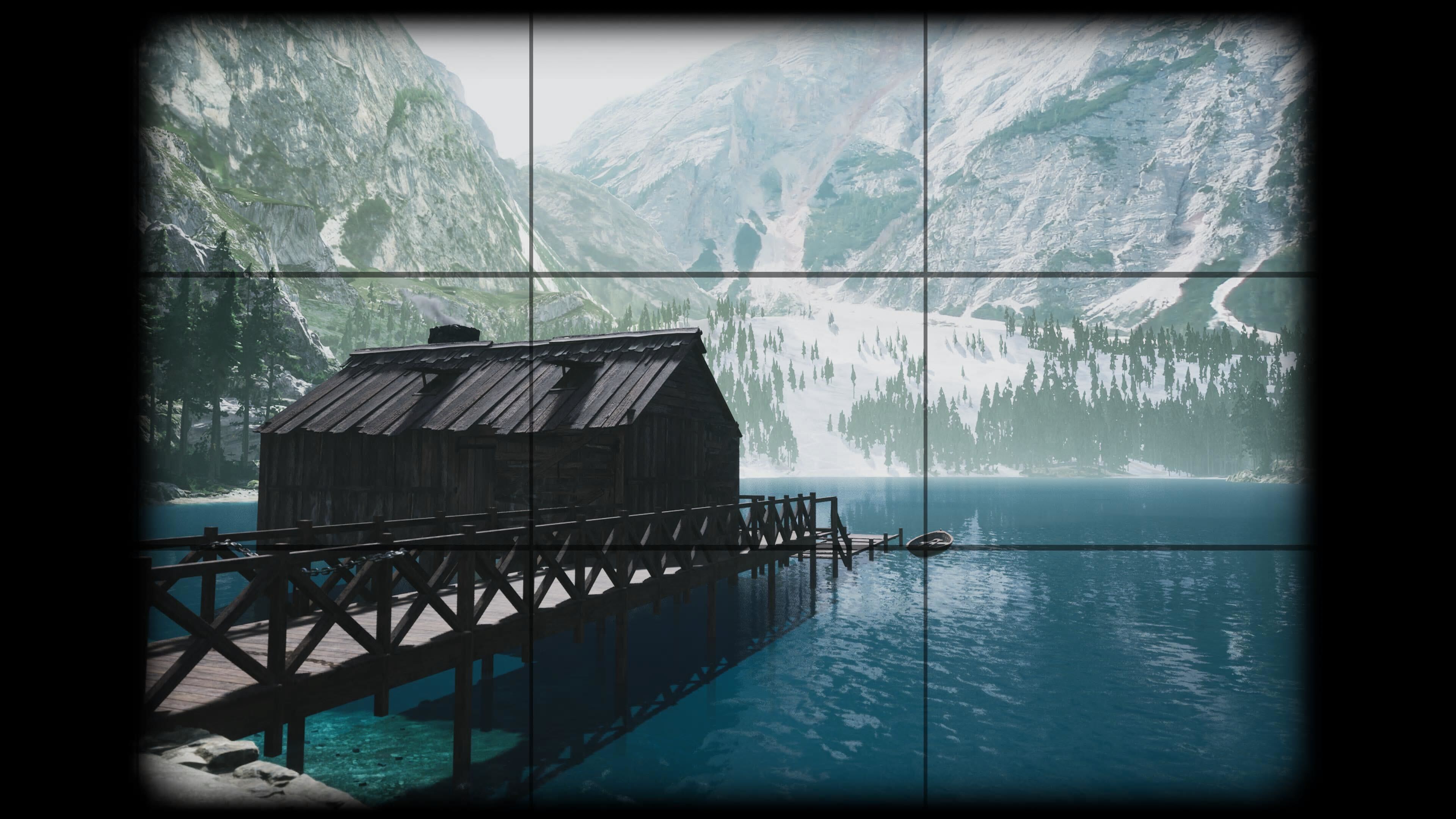Digital Camera World Verdict
For landscape and architectural photography in particular, it’s easy to adjust any tripod head so that the camera is level. But that’s not the whole story. If you’re shooting video or a sequence of panned stills for stitching into a panorama, the base that supports the head also needs to be level, which can involve endless fiddling around with the length of each tripod leg. This leveling base makes the whole business, quick, simple, and effortless. It’s cleverly designed, beautifully engineered, super-tough, and a joy to use. Oh, and it’s good value for money as well.
Pros
- +
Quick and easy levelling
- +
Independent panning lock
- +
Adjustable bubble level
Cons
- -
Sometimes superfluous for stills
Why you can trust Digital Camera World
The new 3 Legged Thing LevelHed is a slightly larger version of the company’s existing ‘Levelling Base’. But why do you need a leveling base anyway? If you’re using a tripod with a 3-way head, ball head, or geared head, you can make the necessary adjustments to ensure the camera is leveled up, just by using the controls in the head. That’s all well and good until you need to pan the head even slightly, after which your horizon will be on the skew.
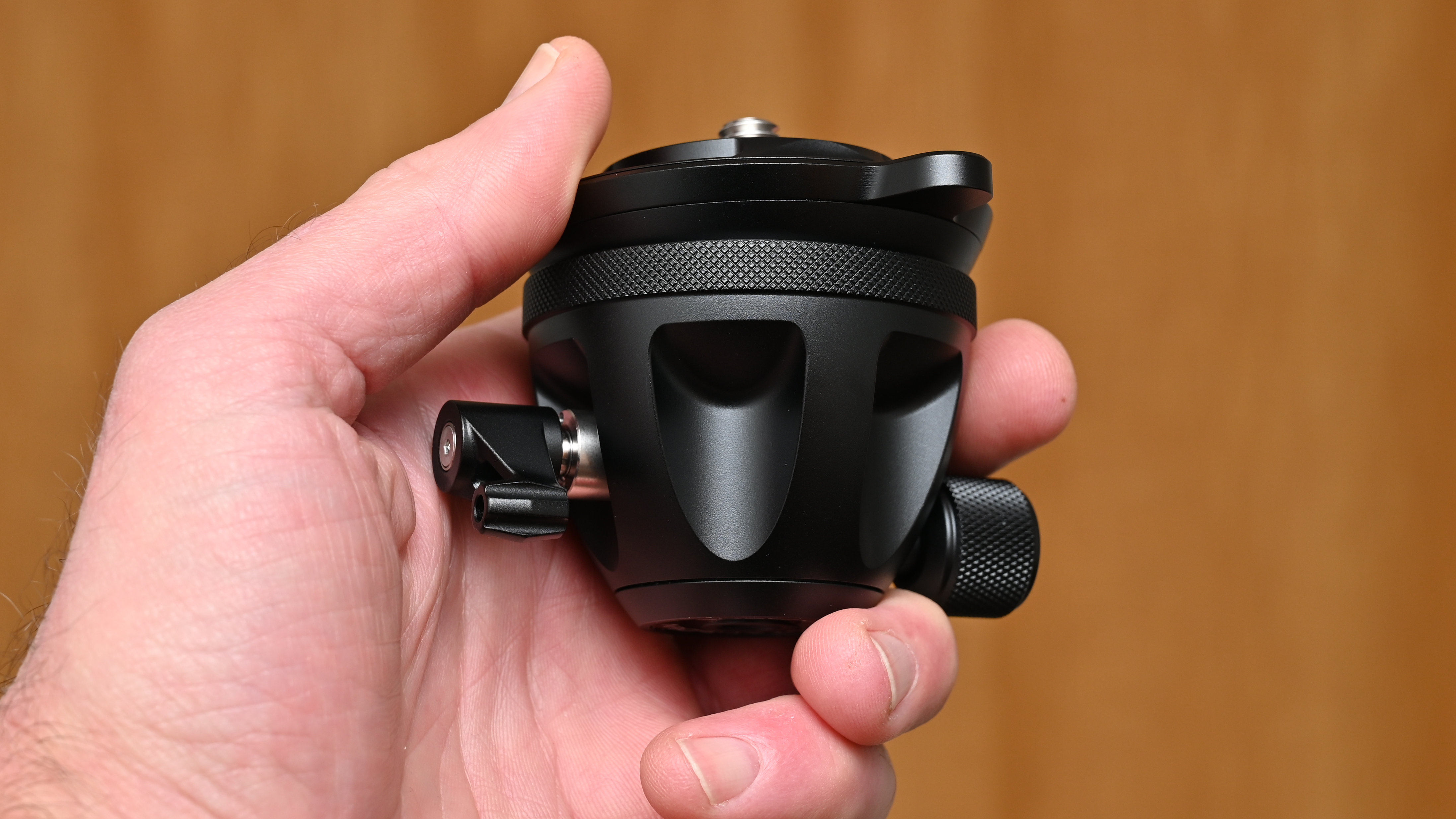
Especially for shooting video or for taking a sequence of panned images that you’re going to stitch into a panorama, the tripod itself needs to be level, not just the plate in the head that the camera sits on. Traditionally, this means making fiddly and time-consuming adjustments to each of the tripod legs, to get everything leveled up. And we’re not just talking tricky terrain here. I’ve got a hard floor in my home studio that was installed on a ‘self-leveling’ screed. And guess what – it’s anything but level. The LevelHed is designed to take all of the effort and frustration out of leveling up your tripod.
Specifications
Height: 70mm / 2.7”
Maximum diameter: 9.1cm / 3.5”
Base diameter: 30cm / 1.18”
Weight: 375g / 13.2oz
Panning range: 360 degrees
Tilt range: 10 degrees (any direction)
Mounting threads: 1/4” with 3/8” adapters
Load capacity: 20kg / 44lbs
Bubble levels: 1
Key features
As an upsized version of the 3 Legged Thing Levelling Base, the LevelHed is a centimeter taller and has a wider overall diameter and base diameter, again of about a centimeter for each. The increase in size helps to enable really fine and precise adjustments as well as giving a boost in rigidity. As you’d expect, the upsizing also results in a slightly weightier build, at 375g compared with 354g. That’s still pretty lightweight and easily manageable.
The cup section of the LevelHed has a standard 3/8” threaded socket for attaching it to a tripod and comes with a 3/8” to ¼” adapter, for use with tripods that have a smaller fixing stud. The upper section of the cup has a knurled circumference, enabling a secure grip for attaching and removing it to or from a tripod.
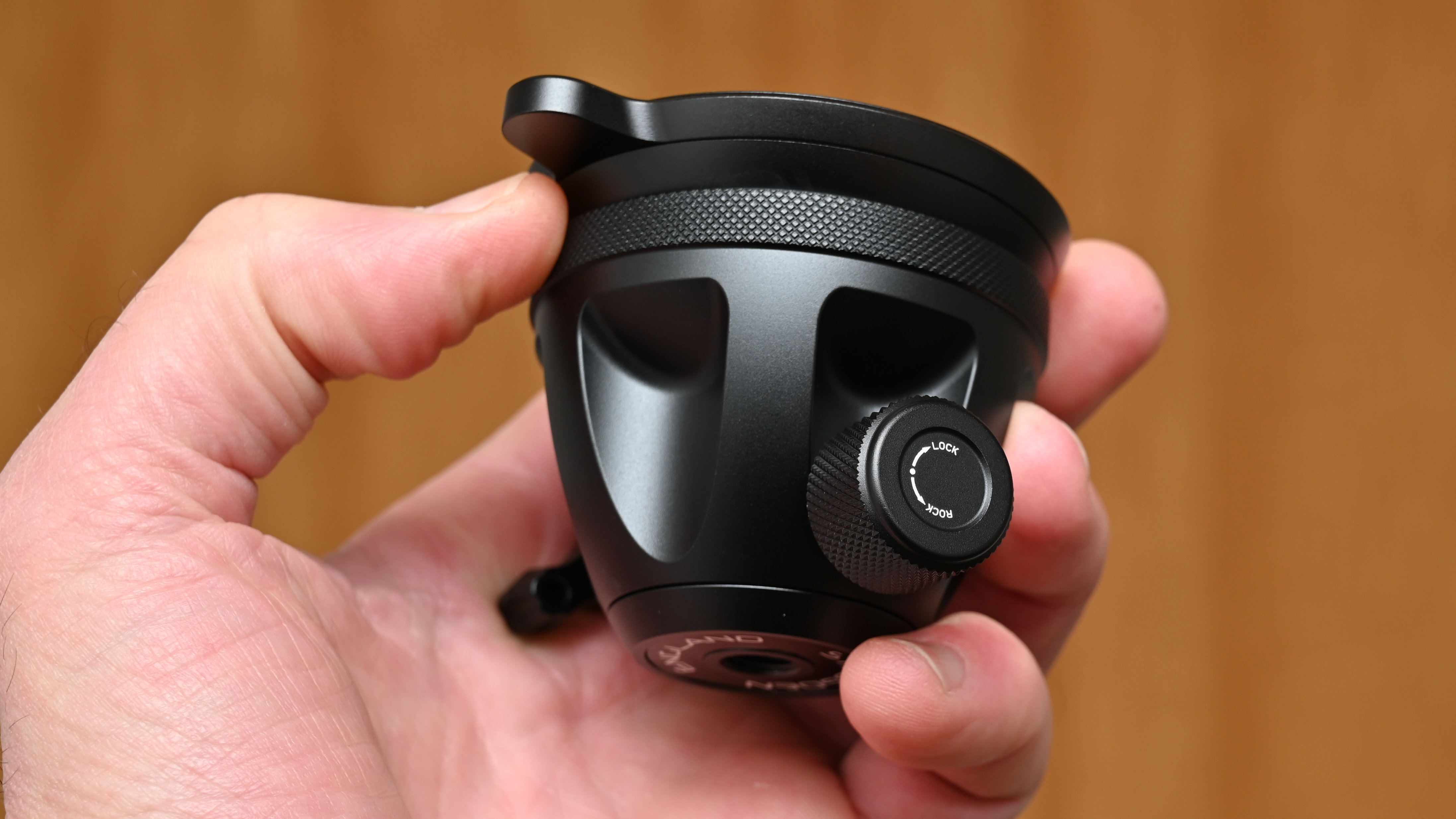
The top section of the LevelHed that sits in the cup can be tilted by up to 10 degrees from its central, level position, in any direction. That gives a generous range of adjustment. Freedom of movement is enabled by loosening a ratcheted knob, which is tightened up again to lock it in place. Accurate leveling is simplified by the inclusion of a bubble level, which you can swivel laterally through 360 degrees, placing it at whatever position suits you best.
For panning, a secondary knurled knob is featured. You simply loosen this to enable panning through a full 360 degrees and tighten it again to lock off the base.
Build and handling
We’ve become accustomed to seeing excellent build quality in 3 Legged Thing products, and the LevelHed is no exception. Typical of the breed, it’s made from aerospace-grade magnesium alloy, packing sturdy robustness into a lightweight build. The anodized finish is of similarly high quality, with the head being available in two color options – Metallic Slate (with copper accents) and ‘Darkness’ (matte black). The latter version is featured in the images of our review.
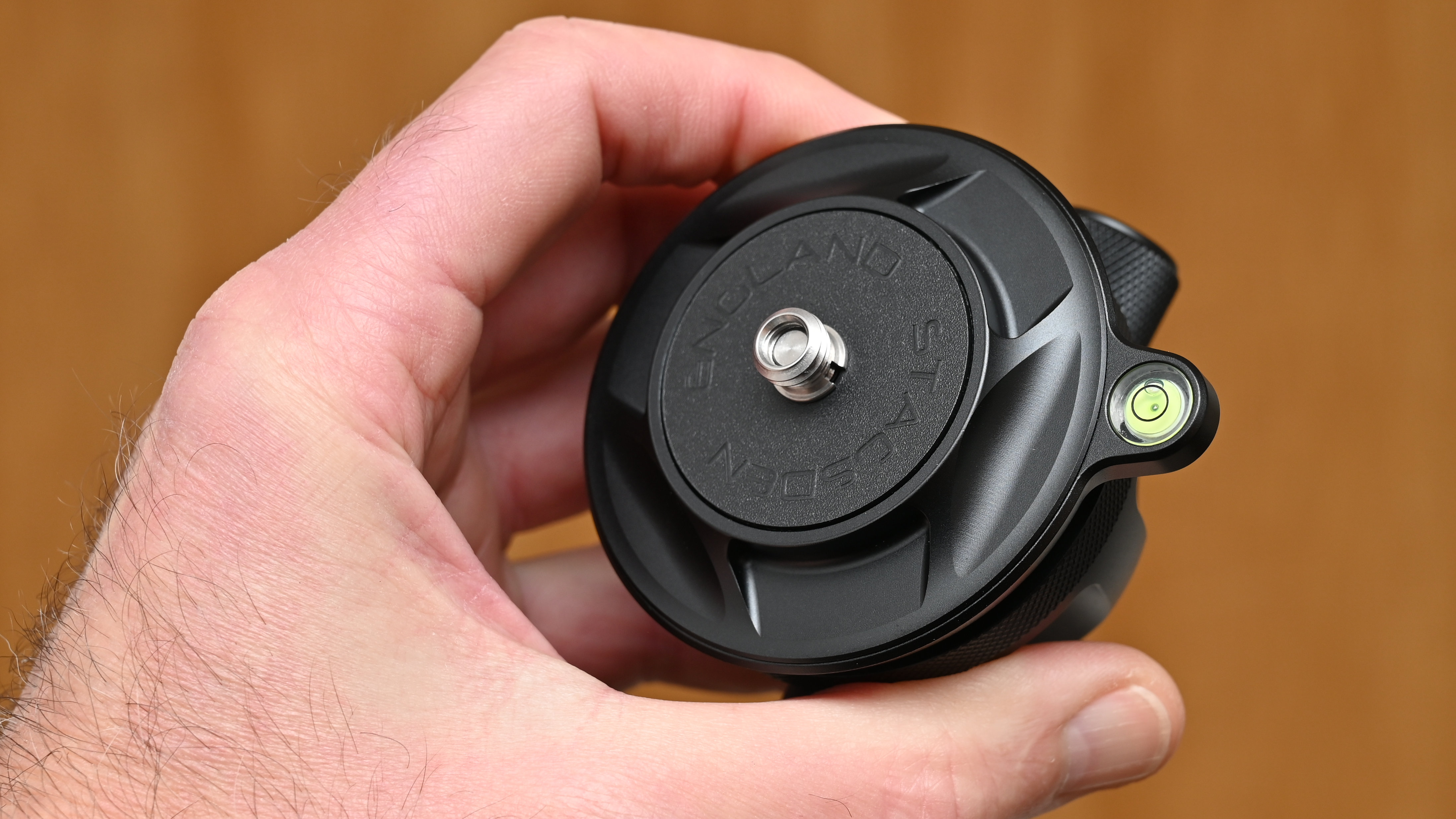
From a handling perspective, everything works a treat. Naturally, the whole idea of a leveling base is to enable you to level off a tripod with speed and ease. The LevelHed excels here. The main leveling mechanism works with smooth simplicity. A nice touch is that you can pull out the spring-loaded handle, rotate it, and pop it back in again at the most convenient orientation. The panning lock/release knob is similarly intuitive, enabling solid locking and smooth panning of the head with a nice fluid feel.
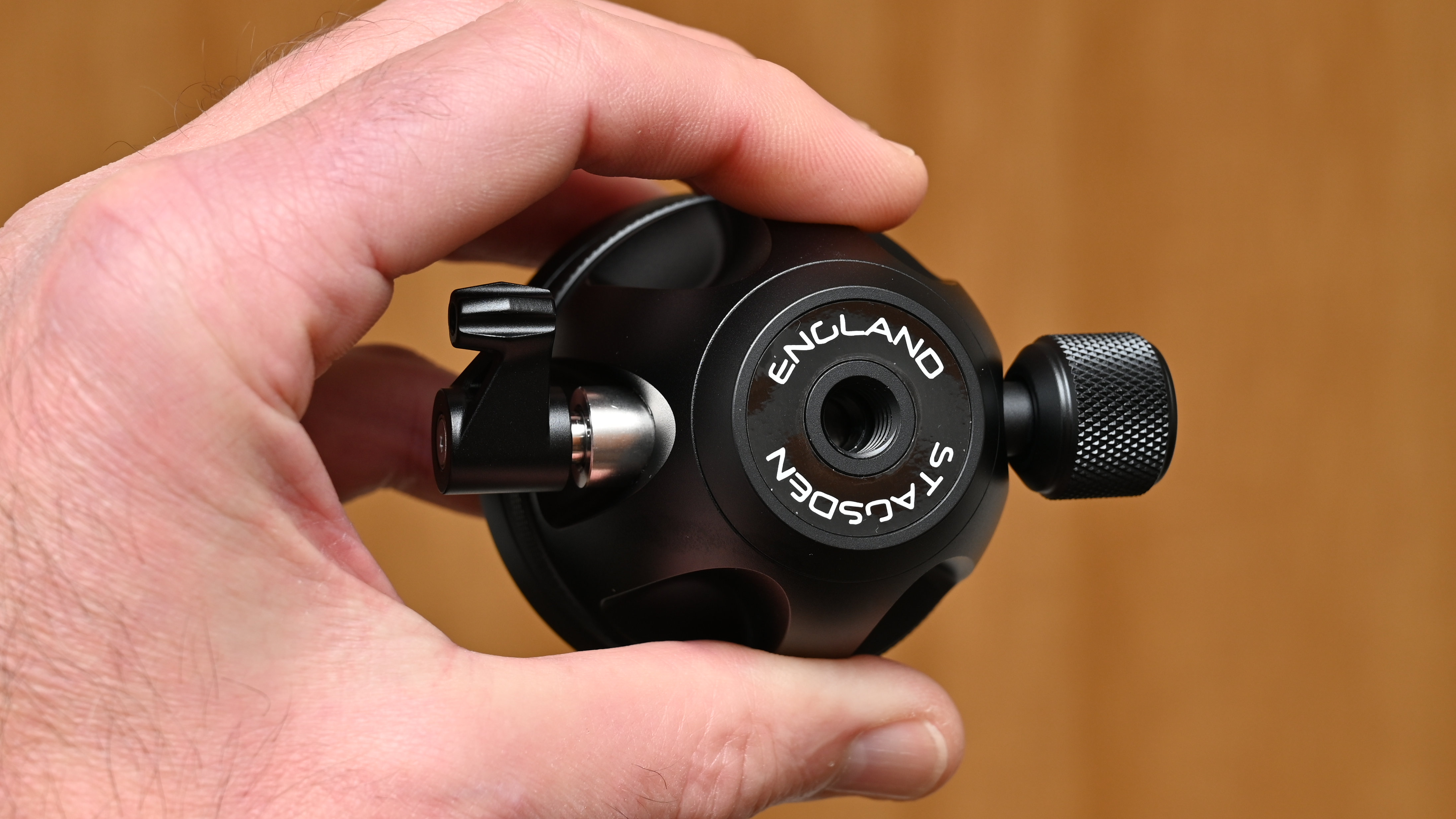
A neat handling bonus is that you can take your regular tripod head out of the equation altogether. When you want to keep everything on the level for shooting video or a panning sequence of stills, the uppermost ¼” thread enables you to attach your camera directly to the LevelHed. This avoids the added complication of leveling up an additional 3-way head or ball head. For maintaining a level aspect when switching to portrait orientation shooting, an L-bracket like the 3 Legged Thing Lexie or Zelda is an ideal addition.
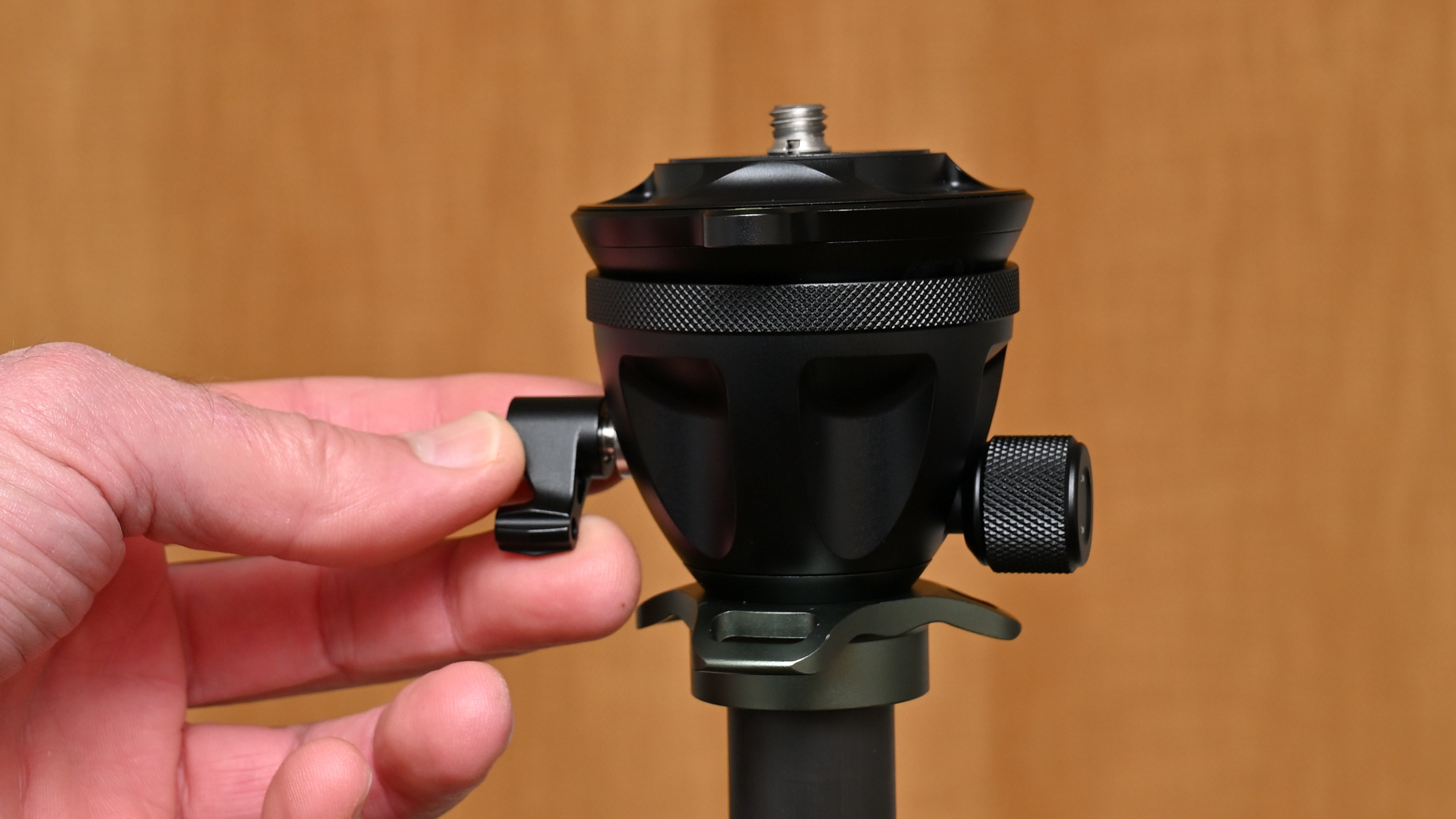
You’ll probably need to add the supplied 3/8” to 1/4” adapter if you do want to mount a regular tripod head on top of the leveling base. For shooting movies, where you need tilt as well as panning movements, the LevelHed works well with a movie-centric fluid head like the 3 Legged Thing AirHed Cine.

Performance
The LevelHed delivers excellent performance in all respects. It’s super-sturdy and rigid, so there’s no unwanted flexing nor movement. It’s an ideal match for even the sturdiest of full-sized tripods, like the 3 Legged Thing Winston 2.0 carbon fiber and Charles 2.0 magnesium alloy tripods, as well as for use with pretty much any other make and model of tripod.
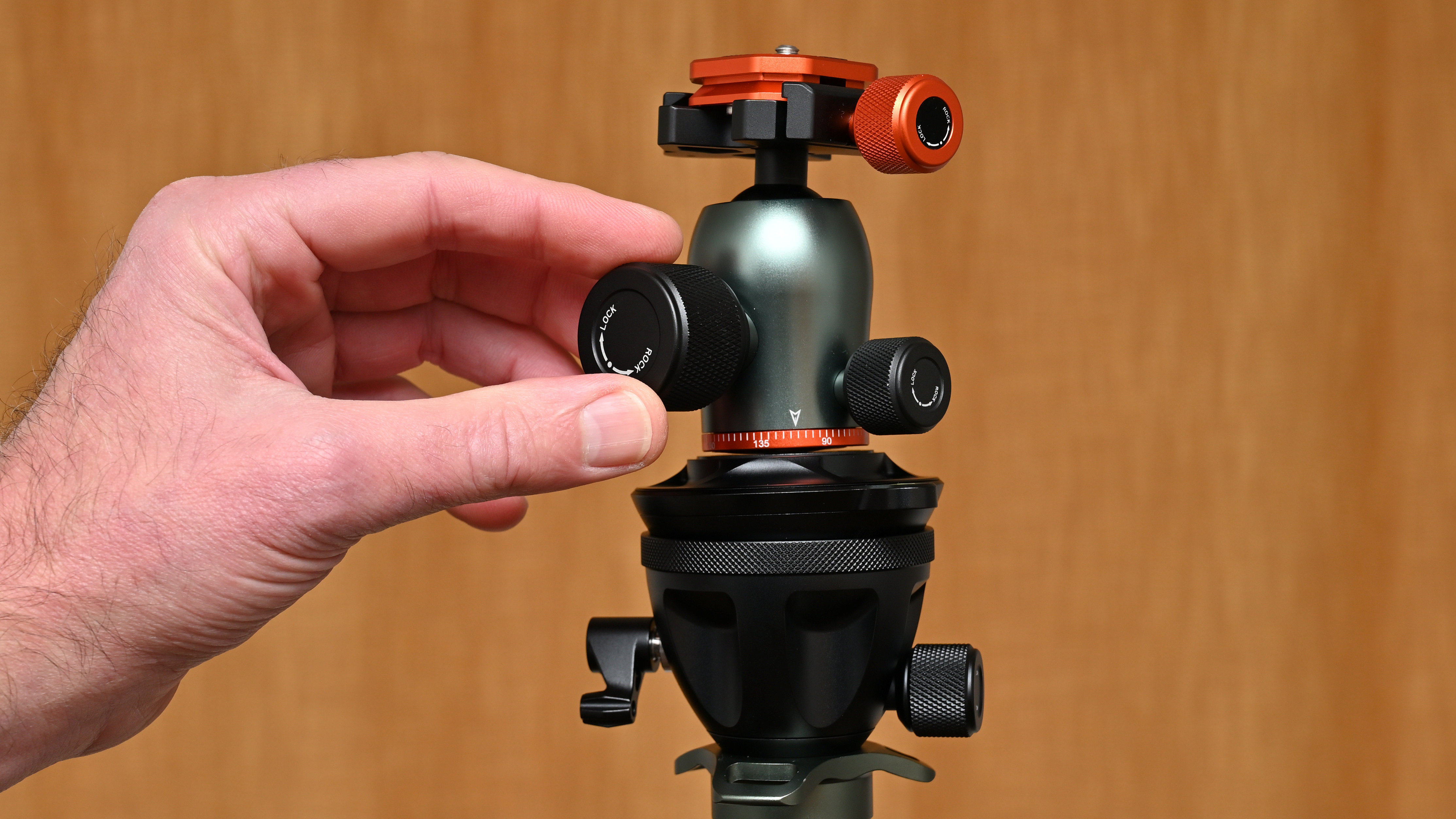
The other key performance factor is that the LevelHed genuinely makes it speedy and simple to level up your tripod with the minimum of fuss and bother. It’s a real time-saver and makes even the most high-precision adjustments an absolute cinch.
Verdict
For landscape and architectural photography in particular, it’s easy to adjust any tripod head so that the camera is level. But that’s not the whole story. If you’re shooting video or a sequence of panned stills for stitching into a panorama, the base that supports the head also needs to be level, which can involve endless fiddling around with the length of each tripod leg. This leveling base makes the whole business, quick, simple, and effortless. It’s cleverly designed, beautifully engineered, super-tough, and a joy to use. Oh, and it’s good value for money as well.
Matthew Richards is a photographer and journalist who has spent years using and reviewing all manner of photo gear. He is Digital Camera World's principal lens reviewer – and has tested more primes and zooms than most people have had hot dinners!
His expertise with equipment doesn’t end there, though. He is also an encyclopedia when it comes to all manner of cameras, camera holsters and bags, flashguns, tripods and heads, printers, papers and inks, and just about anything imaging-related.
In an earlier life he was a broadcast engineer at the BBC, as well as a former editor of PC Guide.

